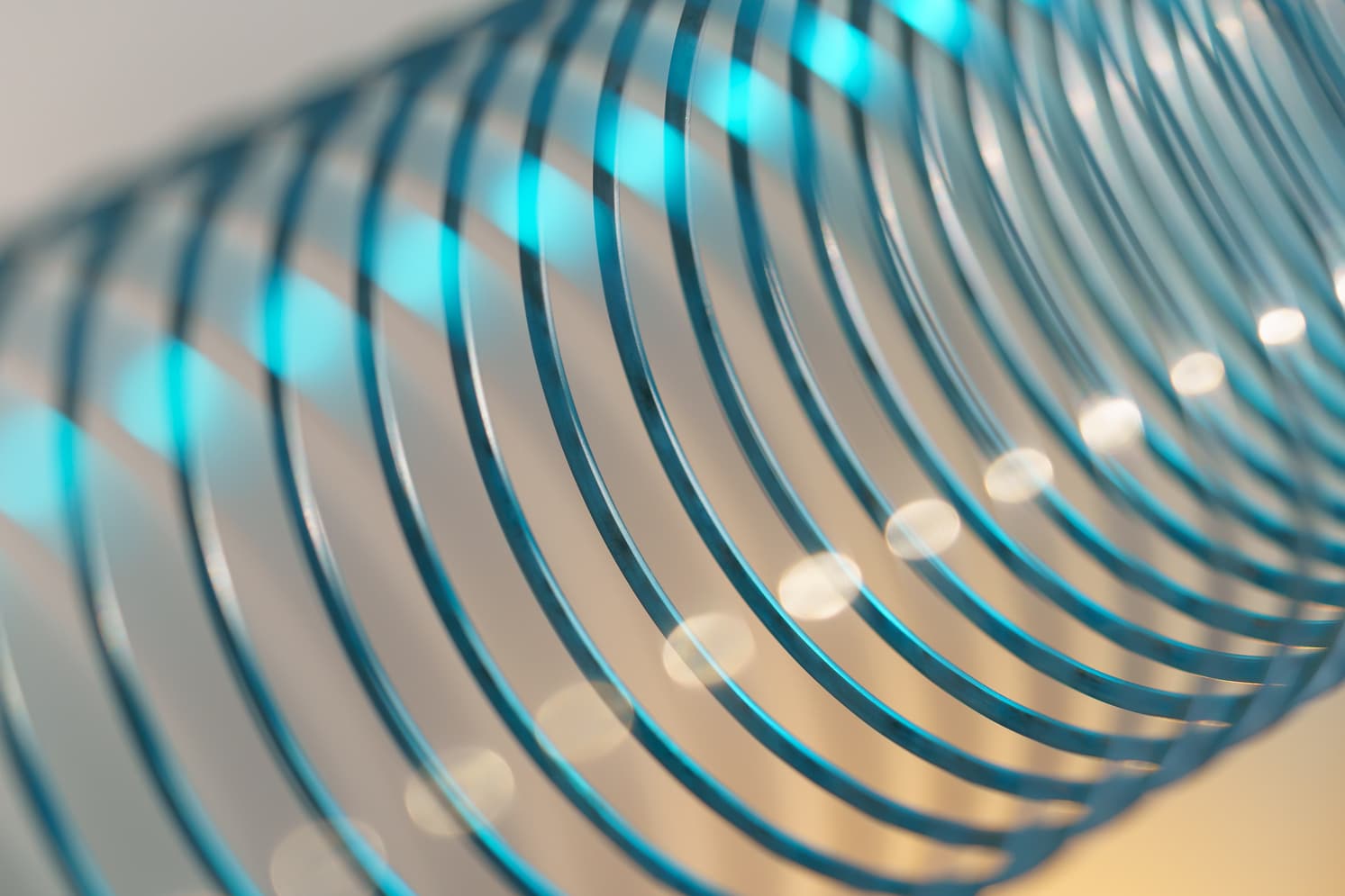Whether it’s the entrance to your home or a business operation, garage doors are often the primary entrance. This entrance is subject to constant and consistent use, so you should ensure each piece of hardware is functioning to avoid dangerous malfunctions.
The common culprit for malfunctioning doors is bad springs. Once you know how to identify faulty garage door springs, you prevent these malfunctions from affecting your home or business.
HOW DO GARAGE DOOR SPRINGS WORK?
Garage door springs are connected to the cables responsible for opening and closing the doors. When the cables turn, it places tension on the springs, which pulls the door up and down. If these springs sustain damage, your garage doors won’t function as intended.
Garage door springs are designed with durability in mind and last roughly 10,000 opening and closing cycles. If your doors are on the older side, it’s a good idea to take preventative measures and have them professionally serviced.
SIGNS OF FAULTY GARAGE DOOR SPRINGS
Damaged springs can be tricky to identify, but to avoid potentially dangerous situations, inspect the condition and quality of your springs once there’s a sign of a problem.
Off-Balanced Doors
An off-balanced door often points to spring issues. If the springs aren’t to blame, the door may place excess strain on the spring anyway, resulting in damage. It’s likely your garage door is off-balanced if you notice movement issues. These issues will be noticeable if the doors struggle to open and close, quickly fall after lifting a few inches, or slowly move on the track.
Squeaking
It’s common for minimal squeaking, but if there’s new, excessive squeaking that light lubrication doesn’t fix, it’s likely due to a damaged spring. Keep your ears open for any changes in your garage’s sound, and inspect your springs if they happen.
LOOKING FOR SIGNS OF BREAKS
Identifying damaged springs can be difficult, but a broken garage door spring is much easier to determine.
The Initial Break
When a spring breaks, it’s due to built-up pressure resulting in a loud, clear snapping sound. In addition, there will be distinct noises from the spring rubbing on the shaft. If it’s a clear break, you can easily spot the broken spring; however, if the crack is subtle or has stretched out, it may take some inspection to determine where the snap occurred.
What to Do When You Can’t Find the Fault
If the damaged or broken spring is difficult to find, inspect the functionality of your garage doors for additional signs. If your door is showing the following, it could be a sign of a spring issue:
- A misaligned top half of the door
- Doors open a few inches before slamming down
- Dangling cables
- Doors are off track or contorted
If your door is moving but showing functionality issues, check for the following:
- Jerking movement as the door opens and closes
- The door is crooked and becomes stuck when opening and closing
- The emergency release won’t open the door
- Abrupt falling when closing the door
- The top of the door is bent
- Gaps between the spring rings
- The safety mechanism halts the door from opening
- Slow movement when opening
- The door is cumbersome when attempting to open it manually
If you’re concerned with a damaged or broken spring, contact American Door Works to schedule a service visit to inspect the performance of your garage door. Our skilled service technicians will ensure your springs are repaired or replaced correctly.


